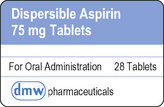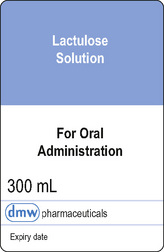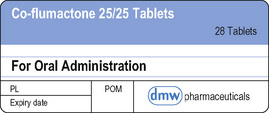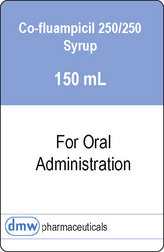CHAPTER 3 Drug calculations explained
Introduction
The principles of how to do a drug calculation are the same whether for an adult or for a child and are considered in this chapter. Chapters 4, 5 and 6 include examples mainly for adults; Chapter 8 deals specifically with calculating in paediatrics. Ample opportunity is given to practise a range of examples which are likely to be met in the clinical area.
Relating details on the label to the prescription
Is a calculation necessary?
If the strength of the available product exactly matches the prescribed dose, there is no need to make a calculation. The level of calculation (see p. 42) may therefore be classed as Level 0. The examples that follow are given to illustrate four situations where no calculation is required.
Where a calculation is required
Decide on a method for making the calculation with which you are comfortable (see pp. 43–50).
Medicine label
It is of the utmost importance that the principles of the calculation involved are fully understood and upheld at all times. The principles of the metric system and arithmetic are discussed in Chapters 1 and 2.












